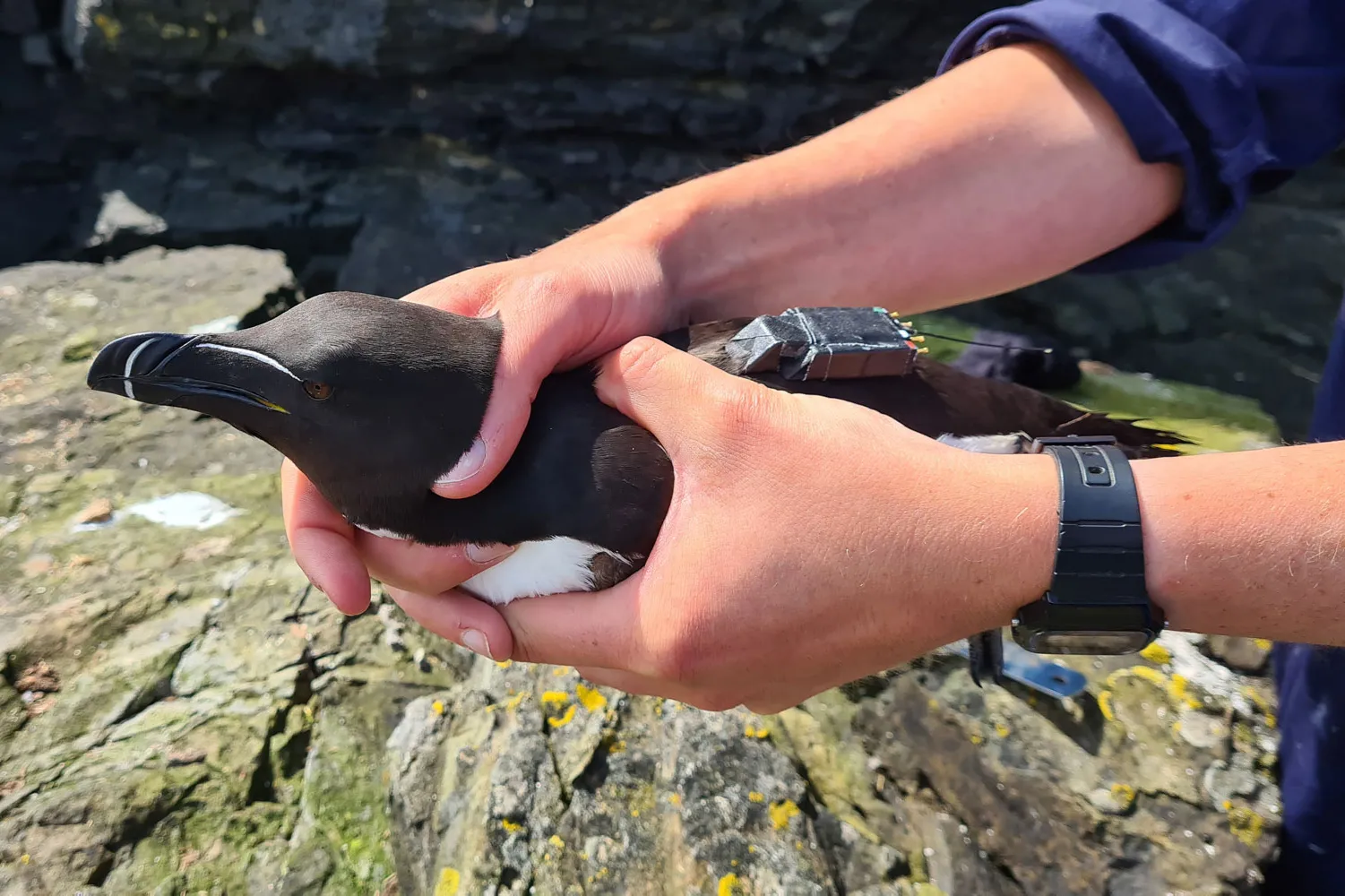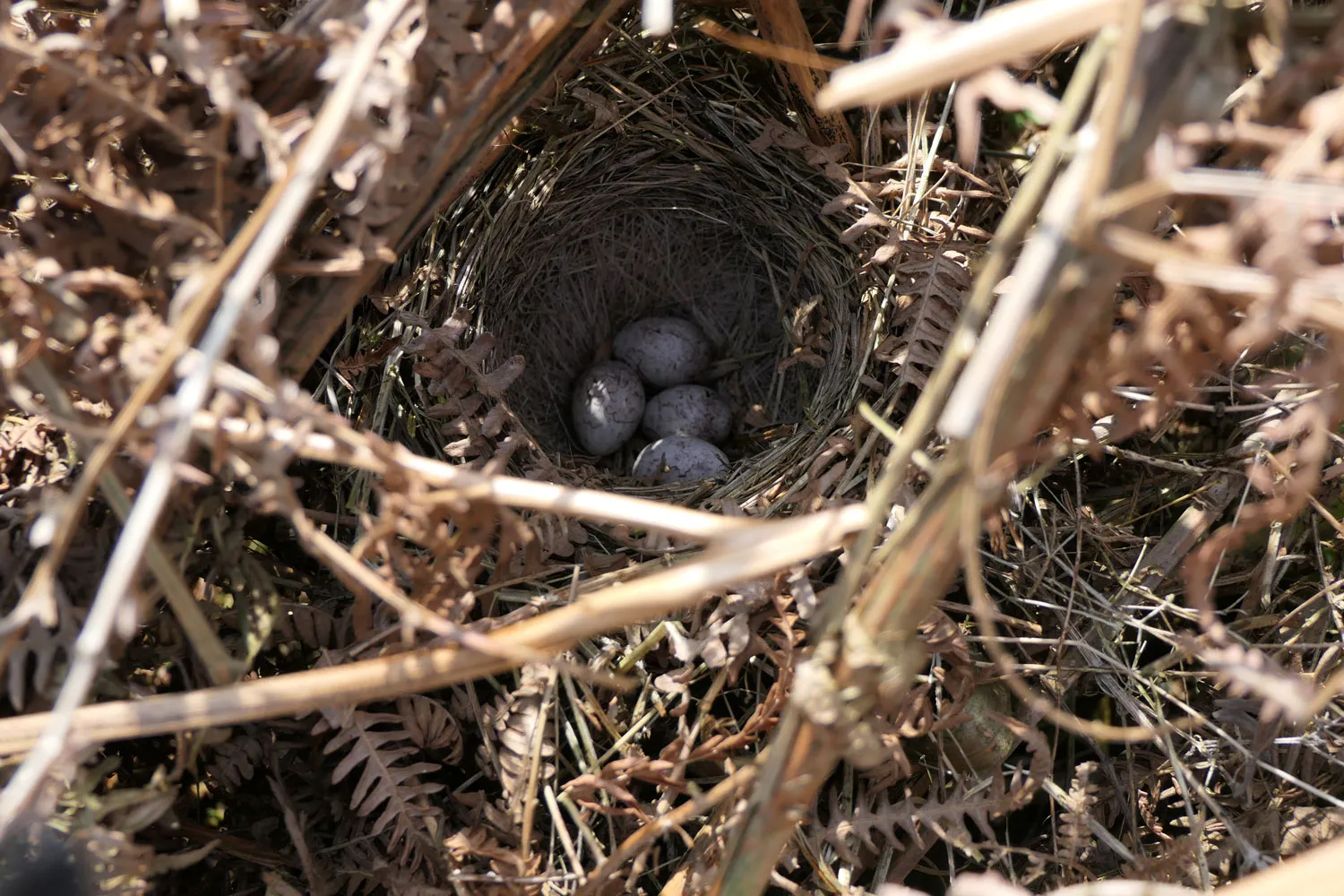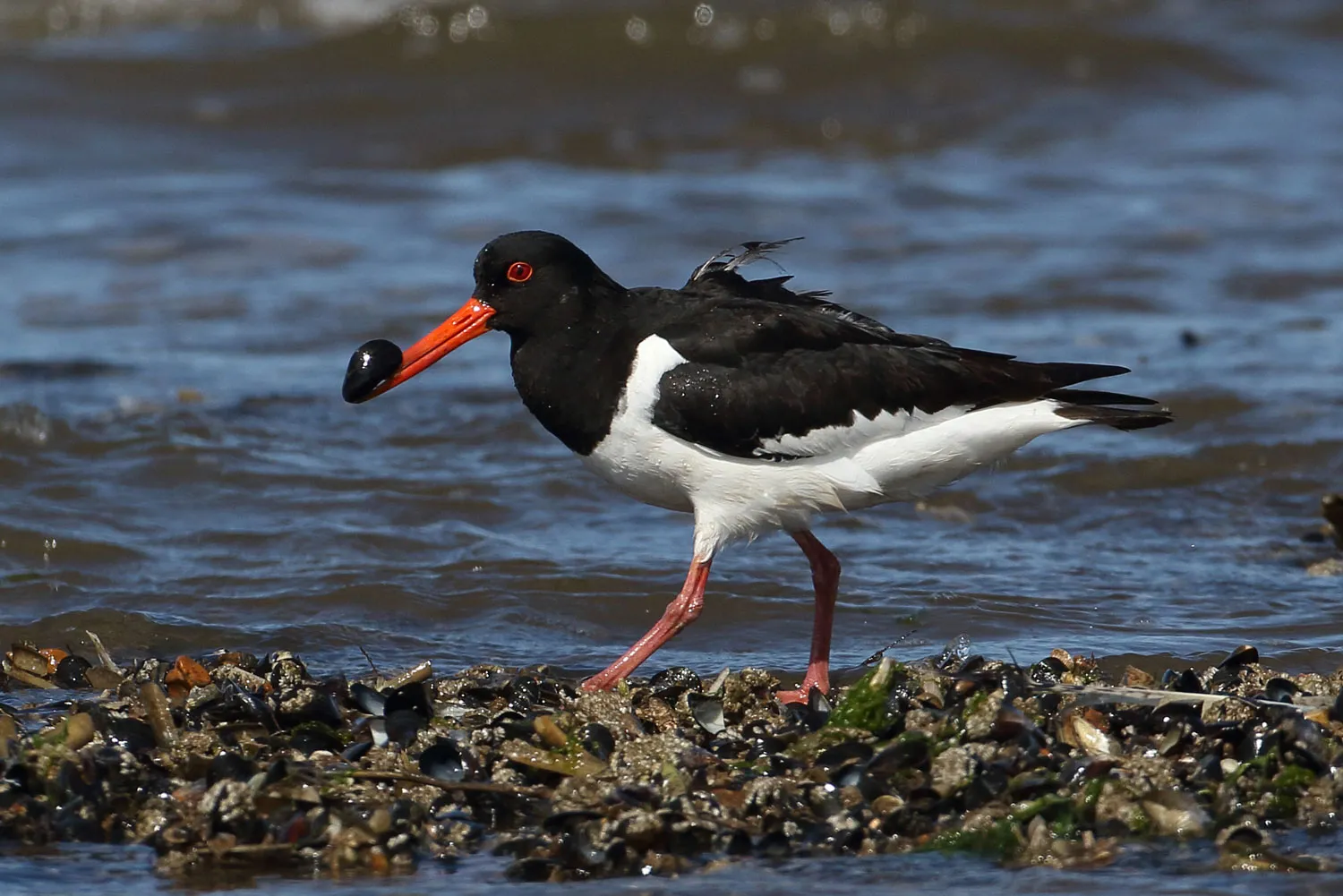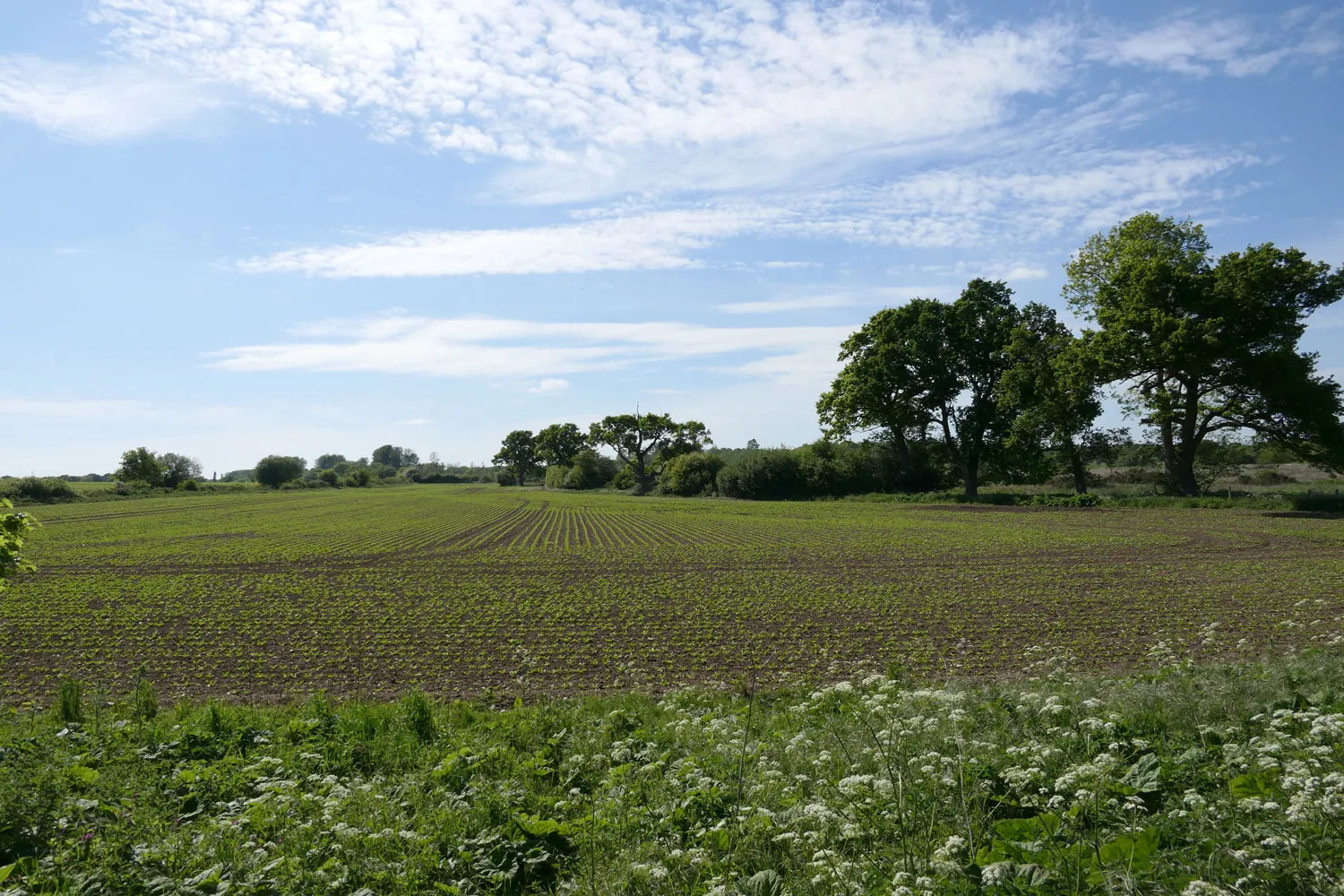Potential conservation solutions at the population or landscape level usually require some form of policy action, and BTO evidence supports policy development and evaluation at multiple spatial scales and across multiple habitats.
The Seeking Solutions Action Area of the BTO Strategy 2023–30 seeks to ensure that BTO is playing a major role in the development, monitoring and evaluation of management interventions designed to enhance bird populations on land, coasts and seas.

What we are doing
There are more than 50 current BTO projects that contribute to this Action Area, underlining the broad relevance of our work to delivering 'real world' outcomes.
Arable management for birds
BTO research into finding solutions for farmland bird decline continues to be an important component of our work in this area. We have recently, for example, carried out in-depth evaluations of the performance of different Agri-environment Scheme options, looking at the relevant plant and invertebrate resources that determine value for birds, as well as the birds themselves. Via our partners, the Countryside and Community Research Institute, we have also investigated crop agronomy and farmer attitudes, which have major influences on where and how these scheme options are implemented.
Managing hedges better
Hedgerows are an important semi-natural habitat for wildlife and are maintained through regular cutting, with most management activities prohibited from 1 March to 31 August to protect breeding birds. These rules were derived from EU legislation and lapsed in 2023, following Brexit, providing a need for replacement and an opportunity for revision. As part of a wider Defra consultation, we analysed Nest Record Scheme and Ringing Scheme data from England to inform this process, assessing the effectiveness of the current regulations and the potential impact of possible changes in management on breeding birds.
A data-driven approach
One of the biggest challenges facing our national governments is balancing the competing need for more houses with that of improving the resilience, abundance and diversity of native species in the face of climate change and the global biodiversity crisis. New urban environments, designed with biodiversity in mind, have the potential to support resilient wildlife communities. In turn, these communities can deliver societal benefits, improving the well-being of human residents and removing the costs associated with securing compensatory land to offset biodiversity lost during the development process. BTO’s significant data holdings have the potential to support those designing and planning new housing developments, and recent work by BTO staff demonstrates how these data can be used within cost-effective tools to support the development of green infrastructure and empowering urban planners in jurisdictions where such considerations are mandatory.
Featured work
The following projects are contributing towards the delivery of our Seeking Solutions Action Area's outcomes, and we are very grateful to all of the people and partners who are making this possible.
Informing hedgerow management policy
Recent BTO work has assessed the impacts of potential changes in the timing of hedgerow management on breeding birds, informing policy and legislation.

Informing shellfishery management
BTO data have been used to determine whether the management of Cockle and Mussel fisheries on The Wash have been effective in ensuring that there is sufficient food for birds.

